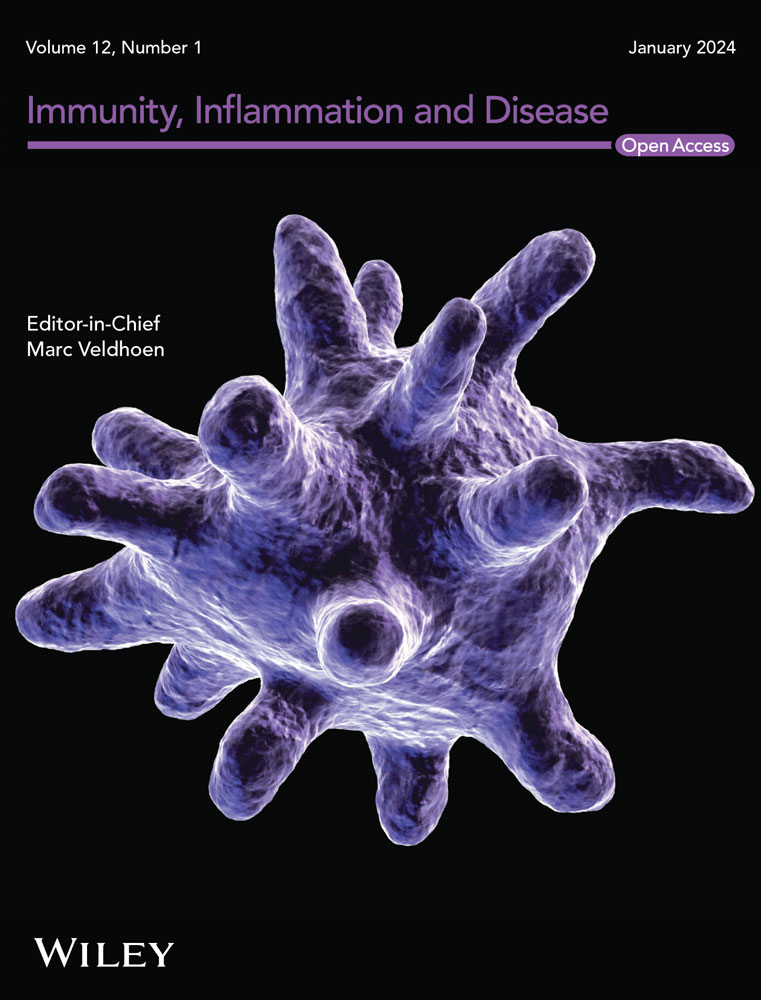Integration of Bioinformatics, Serum Pharmacochemistry, and Metabolomics to Reveal the Mechanisms of Danggui Buxue Decoction in Anti-Rheumatoid Arthritis Through Inflammation and NF-κB Signaling Pathway Regulation
Abstract
Objective
Rheumatoid arthritis (RA) remains a significant clinical challenge due to the limited efficacy and adverse effects associated with conventional treatments. Danggui buxue decoction (DBD), renowned for its qi-tonifying, blood-nourishing, and anti-inflammatory properties, has shown promising potential in the management of RA. This study investigates the mechanisms of DBD in RA through bioinformatics and experimental analyses, providing a scientific foundation for its clinical application and further development.
Methods
The chemical components and blood-absorbed components of DBD were identified using UPLC-MS/MS. Bioinformatics approaches were applied to identify differentially expressed genes (DEGs) between RA patients and healthy individuals, and to predict potential drug targets and signaling pathways associated with the blood-absorbed components of DBD. Collagen-induced arthritis (CIA) rat models and tumor necrosis factor (TNF)-α-stimulated human rheumatoid arthritis fibroblast-like synoviocyte (RA-FLS) models were established to evaluate the therapeutic effects of DBD on RA. Serum metabolomics analysis was performed to identify differential metabolites and key metabolic pathways associated with the therapeutic effects of DBD.
Results
A total of 83 chemical components and 34 blood-absorbed components were identified in DBD. Bioinformatics analysis highlighted the NF-κB signaling pathway as a central regulator of RA-related inflammation, requiring further mechanism exploration. Experimental findings demonstrated that DBD significantly reduced the expression of inflammatory cytokines-IL-1β, IL-6, and TNF-α-in both RA-FLS cells and serum from CIA rats. Furthermore, DBD inhibited RA-FLS cell proliferation and migration while inducing apoptosis. DBD treatment alleviated paw swelling, reduced arthritis scores, and decreased spleen and thymus indices. Histopathological examination (HE) staining showed decreased inflammatory cell infiltration, and Micro-CT results revealed notable mitigation of bone destruction. Metabolomic analysis identified 34 differential metabolites and 4 significant metabolic pathways (p < 0.05). Moreover, DBD significantly downregulated the expression of phosphorylated proteins in both RA-FLS cells and synovial tissue of rats involved in the NF-κB signaling pathway, including p-IκBα, p-p65, and p-IKKα, and suppressing NLRP3 protein and mRNA expression of IκBα, p65, and IKKα.
Conclusion
DBD effectively alleviates RA symptoms by reducing inflammation and inhibiting the activation of the NF-κB signaling pathway through its multi-component and multi-target characteristics. This study provides valuable insights into the molecular mechanisms underlying the anti-RA effects of DBD.


 求助内容:
求助内容: 应助结果提醒方式:
应助结果提醒方式:


